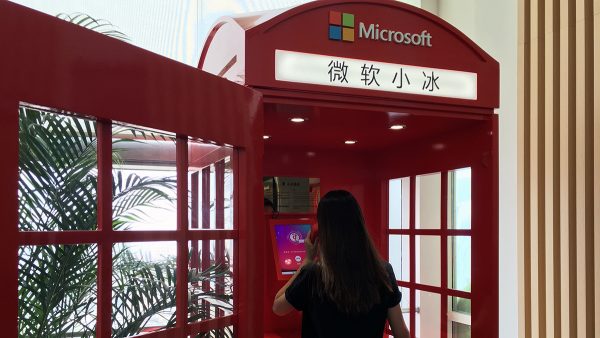Digital assistants like Cortana and Google Assistant have greatly improved over the recent past. However, the chatbots or even digital assistants lack when it comes to contextual conversation. As Microsoft rightly puts it the conversation with digital assistants is more or less like speaking to a walkie-talkie. One needs to wait for a reply and only then proceed with the conversation.

Full Duplex Voice Sense for chatbots
Li Zhou, Lead Engineer for Xiaolce. Microsoft’s popular artificial intelligence-powered notes that this has on big drawback. He points out that normal people don’t have a conversation in that way. He further explains how most people are on the phone or chatting in person. Usually, both are talking and listening at the same time while one person might even predict a sentence even before it is finished.
Microsoft believes that it has embarked upon the first technological breakthrough that will allow people to have a conversation with an AI-powered chatbot. In other words, this conversation will be free-flowing and more natural than the current method. The company has already baked in the innovations into the Xiaolice, a social chatbot with more than 200 million users and is expected to use the same technology for all the social bots including Microsoft Zo.
In technical words, the new breakthrough will helo Xiaolice to operate in “full duplex.” This is a term that refers to communicating in both directions simultaneously mostly like a telephone call. Microsoft calls the new update “full duplex voice sense,” and it also predicts what the other person will say next. Needless to say Microsoft’s full duplex voice sense is modeled based on natural conversations and thus it will likely revolutionize the way people converse with machines.
Apart from reducing the unnatural lag time, the full duplex voice will also help speed up responses. Furthermore, it will help develop new features like the ability to stop what the chatbot is doing and tell a story, much like a human being.